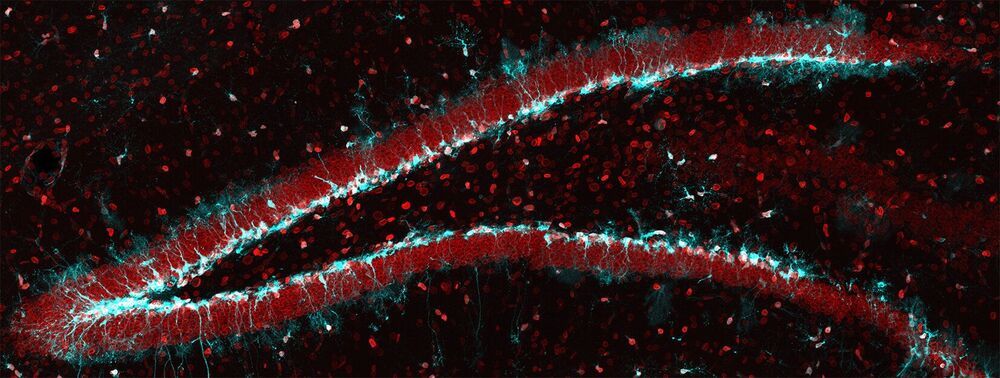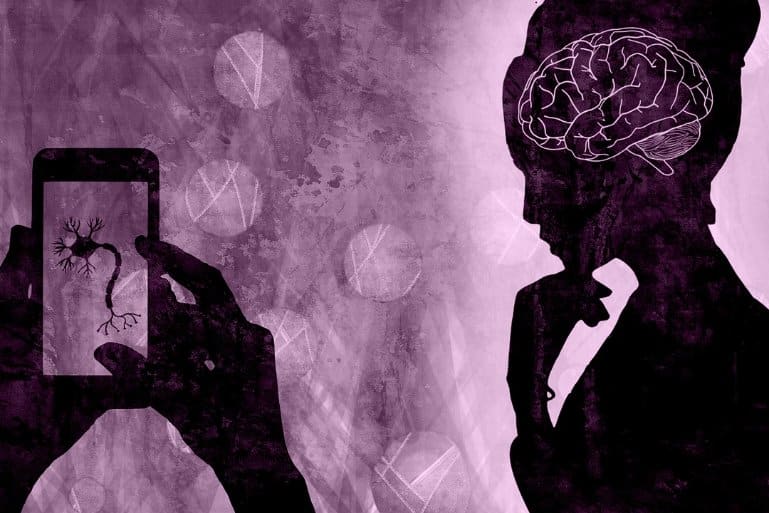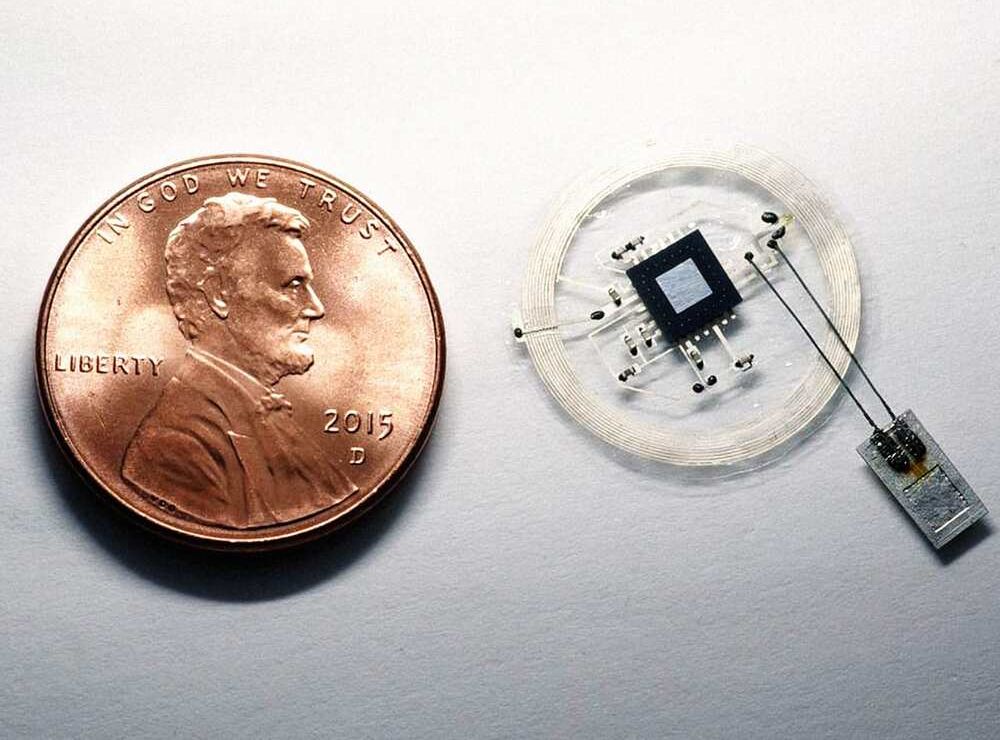Summary: Cardiovascular problems can alter gene activity in the hippocampus, increasing the risk for cognitive decline and memory deficits, a new study reports.
Source: DZNE


How a single cell slime mold makes smart decisions without a central nervous system. Having a memory of past events enables us to make smarter decisions about the future. Researchers at the Max-Planck Institute for Dynamics and Self-Organization (MPI-DS) and the Technical University of Munich (TUM) have now identified how the slime mold Physarum polycephalum saves memories – although it has no nervous system.




NU-9, a novel, non-toxic protein, targets upper motor neurons and reverses damage associated with ALS within 60 days of treatment.
Summary: NU-9, a novel, non-toxic compound, targets upper motor neurons and reverses damage associated with ALS within 60 days of treatment.
Source: Northwestern University


Hallucinogens, neuro-immunology and the microbiome — convergent approaches in mental healthcare — mike wang, johns hopkins university.
Mike Wang, is a neuro-psychiatric researcher and adjunct teaching faculty in neuroscience at the Johns Hopkins Krieger School of Arts and Sciences.
Mike is one of the youngest principal investigators at the Johns Hopkins School of Medicine and currently leads a clinical trial examining how hallucinogenic levels of over-the-counter dextromethorphan might serve as the world’s first rapid acting oral antidepressant. (Those interested in the clinical trial for dextromethorphan can.
Mike’s work has been featured in academic journals like the American Journal of Psychiatry, as well as popular outlets like Psychology Today and VICE.
Mike received his graduate training in immunology at the Johns Hopkins Bloomberg School of Public Health studying rare viral encephalitides and neuro-immune determinants of depressive disorders.

Scientific investigations of dreaming have been hampered by the delay between a dream and when people report on their dream, and by a change in state from sleep to wake. To overcome this problem, Konkoly et al. show that individuals in REM sleep can perceive and answer an experimenter’s questions, allowing for real-time communication about a dream.